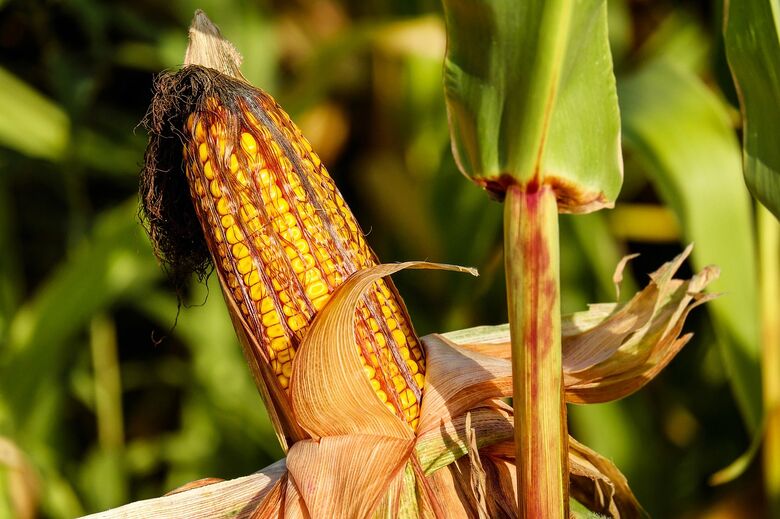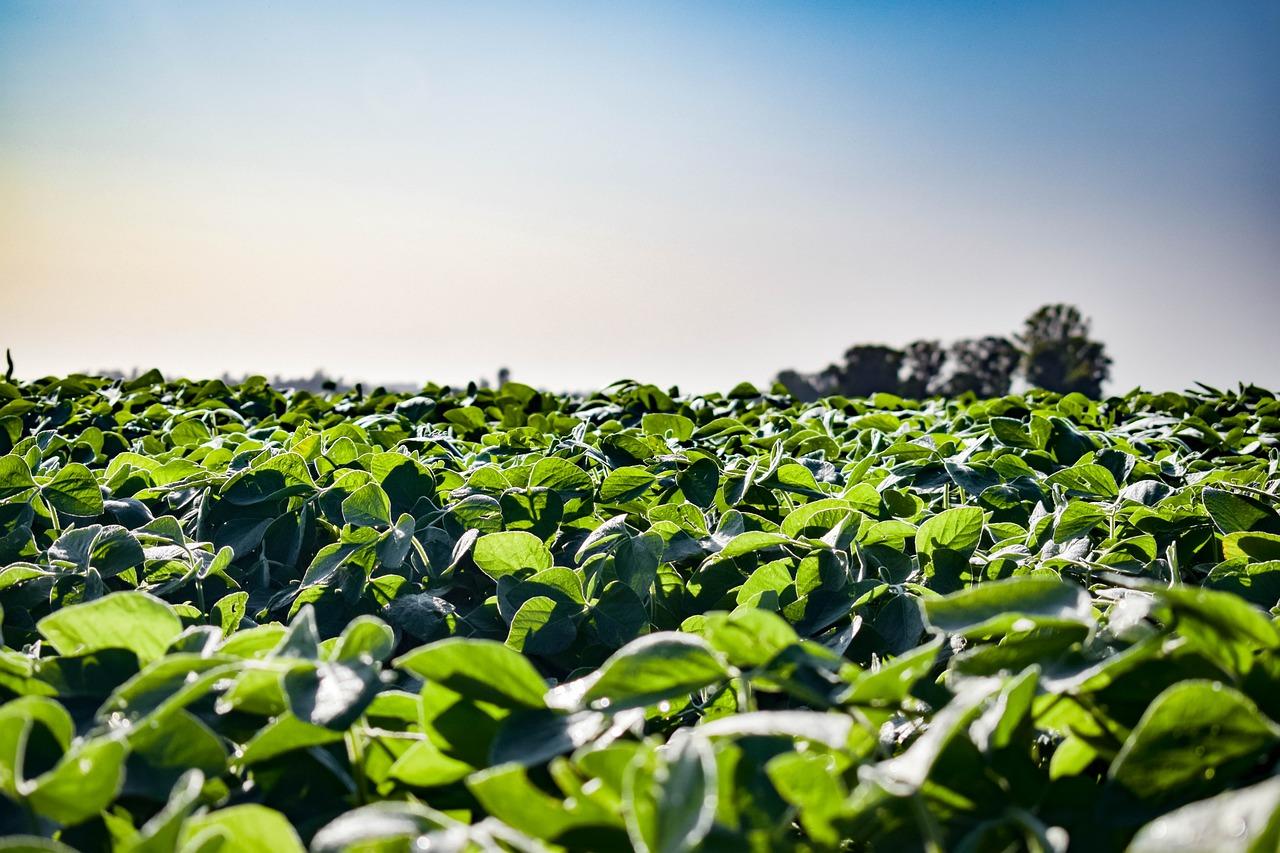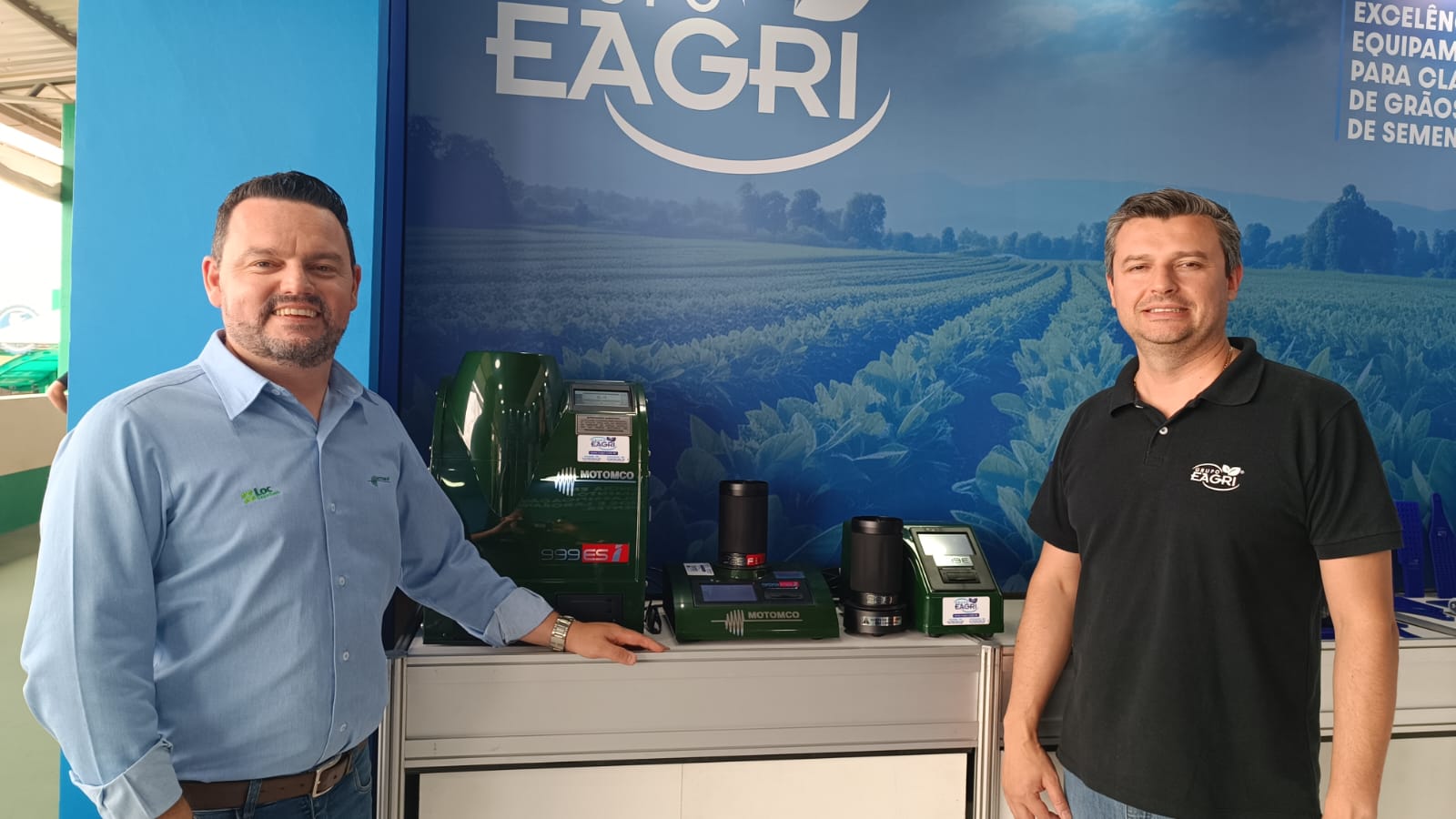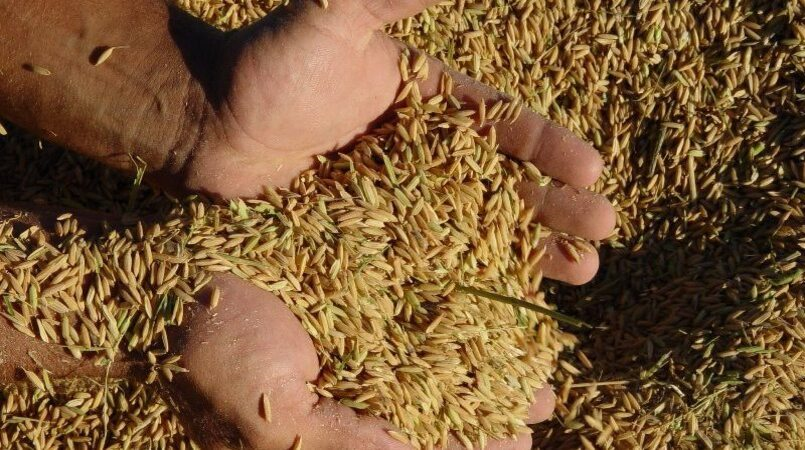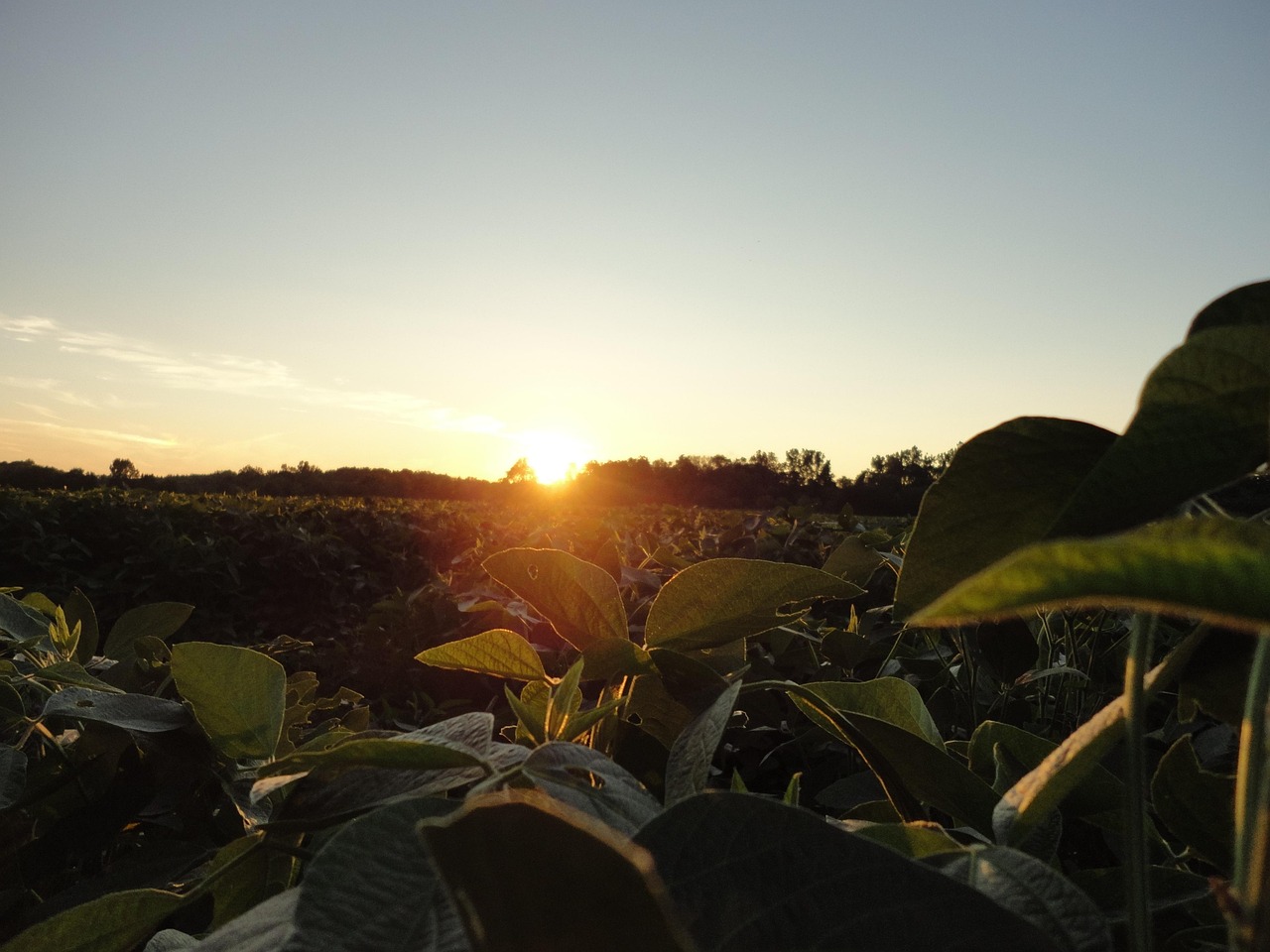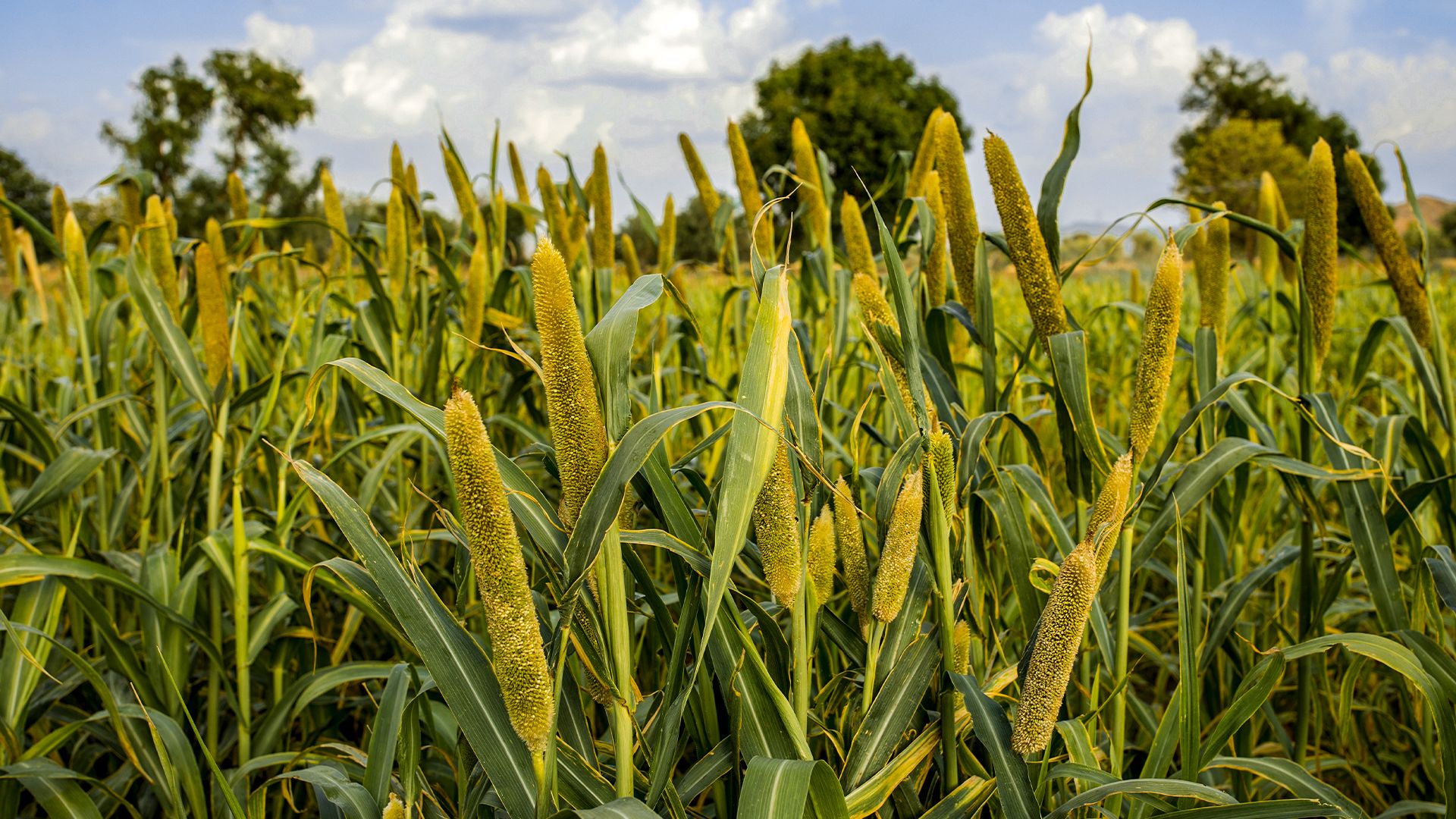Crop Monitoring Is Crucial to Ensure Grains Are Not Harvested with Excessive Moisture
Harvesting is one of the most critical stages in corn production, impacting both the quality and quantity of the final product, especially in the second crop. In Brazil, one of the world’s largest corn producers and exporters, a well-planned and executed harvest is essential to minimize losses, which can represent up to 6% of total production.
This year, the 2023/24 second-crop corn harvest presents a diverse panorama in terms of progress and grain maturation. While some regions, such as Mato Grosso, have already completed the harvest, others, like Paraná, are still in progress, with about 80% of the harvest completed, according to recent data published by the Agricultural Outlook Bulletin of the Department of Rural Economics (Deral). This variation can be attributed to factors such as climatic differences, agricultural practices, and the varieties of corn planted.
The lack of rainfall during critical periods of crop development negatively affected the productive potential of corn in the northwest of Paraná, São Paulo, and much of Mato Grosso do Sul. In light of this, it is important to monitor the crop and pay attention to the moisture content of the grains at the time of harvest. In practice, this means that harvesting should occur when the grains reach a moisture level suitable for mechanical harvesting.
Studies by Embrapa indicate that the percentage of mechanical damage is lower when grains are harvested with a moisture content below 16%. Currently, the recommended moisture level for corn harvesting may vary depending on the objective and the level of technology available to the producer. If the property has drying technology, it is possible to harvest with up to 25% moisture and then dry it down to 14%, the ideal level for commercialization.
Grain moisture meters are essential tools for farmers, allowing them to determine the optimal time for harvest and thus ensure the quality of the grains. Roney Smolareck, an agronomist at Loc Solution, a Paraná-based company that owns the Motomco brand of moisture meters, notes that the company offers a variety of moisture meters, both portable and bench models, suitable for different stages of the agricultural production process.
Bench models are known for their high precision and are often used in trading and commercial environments, where accuracy in moisture measurement is critical. On the other hand, portable meters offer flexibility and convenience, making them ideal for use in the field, allowing farmers to monitor grain moisture before harvest. “Loc Solution/Motomco offers the option to rent equipment, which can be an economical solution for farmers who need high-quality meters without a large initial investment,” explains Smolareck.
The production estimate for this year’s second-crop corn is 88.12 million tons, a 13.9% reduction compared to the previous cycle. This decrease is related to both adverse weather conditions in some regions and a reduction in the cultivated area, which was estimated at 16.15 million hectares—a 6% decrease compared to the last crop.
These numbers reflect not only regional climatic variations but also the strategic decisions of producers, who adjust their cultivated areas according to market expectations and planting conditions.
About Loc Solution/Motomco
Loc Solution, based in Curitiba (PR), owns the renowned Motomco brand, known for its grain moisture meters. The company manufactures, sells, and rents these devices, being a reference in several agricultural regions in Brazil. Originally Canadian, the Motomco brand is the national leader in the grain moisture meter segment. For more information, visit motomco.com.br
 Paraguai
Paraguai